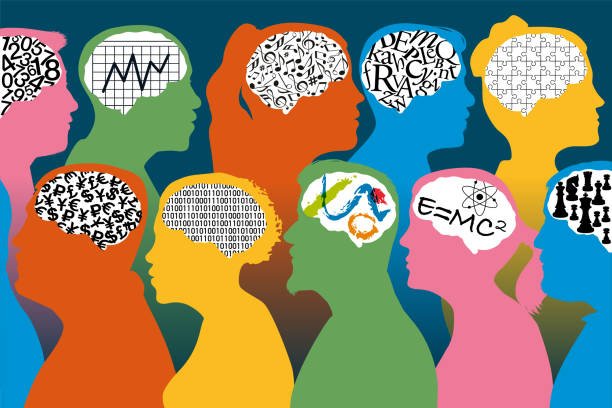Van Hiele Levels of Geometric Thinking – Activities, Examples, and Guide
Skip to content
Skip to footer
Van Hiele Levels of Geometric Thinking – Activities, Examples, and Guide
Van Hiele Levels of Geometric Thinking – Activities, Examples, and Guide

